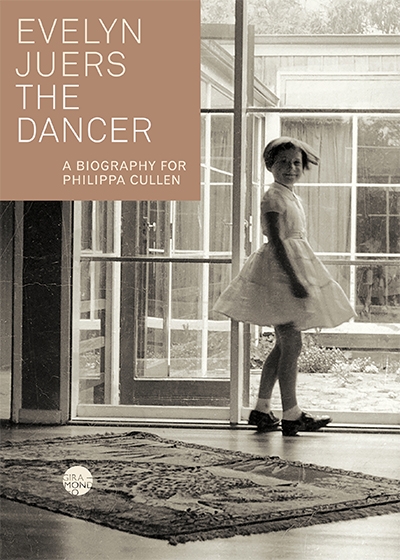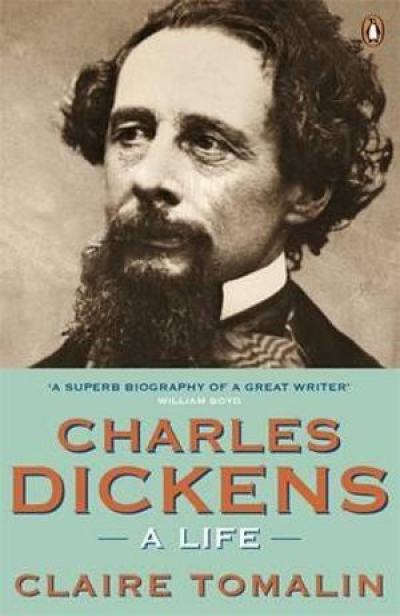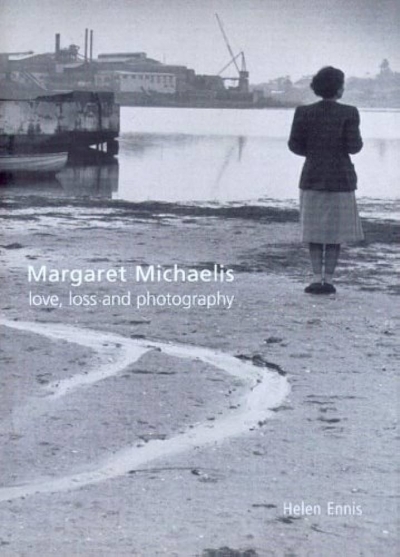Evelyn Juers
Evelyn Juers is the author of House of Exile (2008), The Recluse (2012), and The Dancer: A biography for Philippa Cullen (2021).
... (read more)Cursed Legacy: The Tragic Life of Klaus Mann by Frederic Spotts
Open letter to Alex Byrne (NSW State Librarian & Chief Executive)
Dear Alex,
You invited us. We – Geordie Williamson, David Malouf and I, representing over 3000 signatories of the Petition to save the Mitchell Library Reading Room (MLRR) and calling for a public meeting t ...
Charles Dickens by Claire Tomalin & Becoming Dickens by Robert Douglas-Fairhurst
House Of Exile: The Life and times of Heinrich Mann and Nelly Kroeger-Mann by Evelyn Juers
Margaret Michaelis: Love, loss and photography by Helen Ennis
On 30 March 2001 Helen Garner attended a Victims of Crime Rally on the steps of Victoria’s Parliament House.
The sun shone on a loose crowd that was forming at the top of Bourke Street. Many of the demonstrators had attached pictures of their murdered loved ones to their T shirts … On their backs people wore the slogan MAKE THE PUNISHMENT FIT THE CRIME. A common poster read LET THE VICTIM HAVE THE LAST WORD IN THE SENTENCE.
Garner describes suffering faces, clumsy and sob-broken speeches, anger sharpened to ‘rough, skin-prickling eloquence’, recitations of lists of the dead, lists of crimes and sentences. At the end of the rally, Garner asked some of the speakers for their addresses. When she told a man who had impressed her with his eloquence – he wore an Akubra and his face was ‘sun-creased, sparkly-eyed and intensely like-able’ – that she was writing a book about a murder, he shook her hand and said, ‘[T]hanks for takin’ an interest’.
... (read more)






